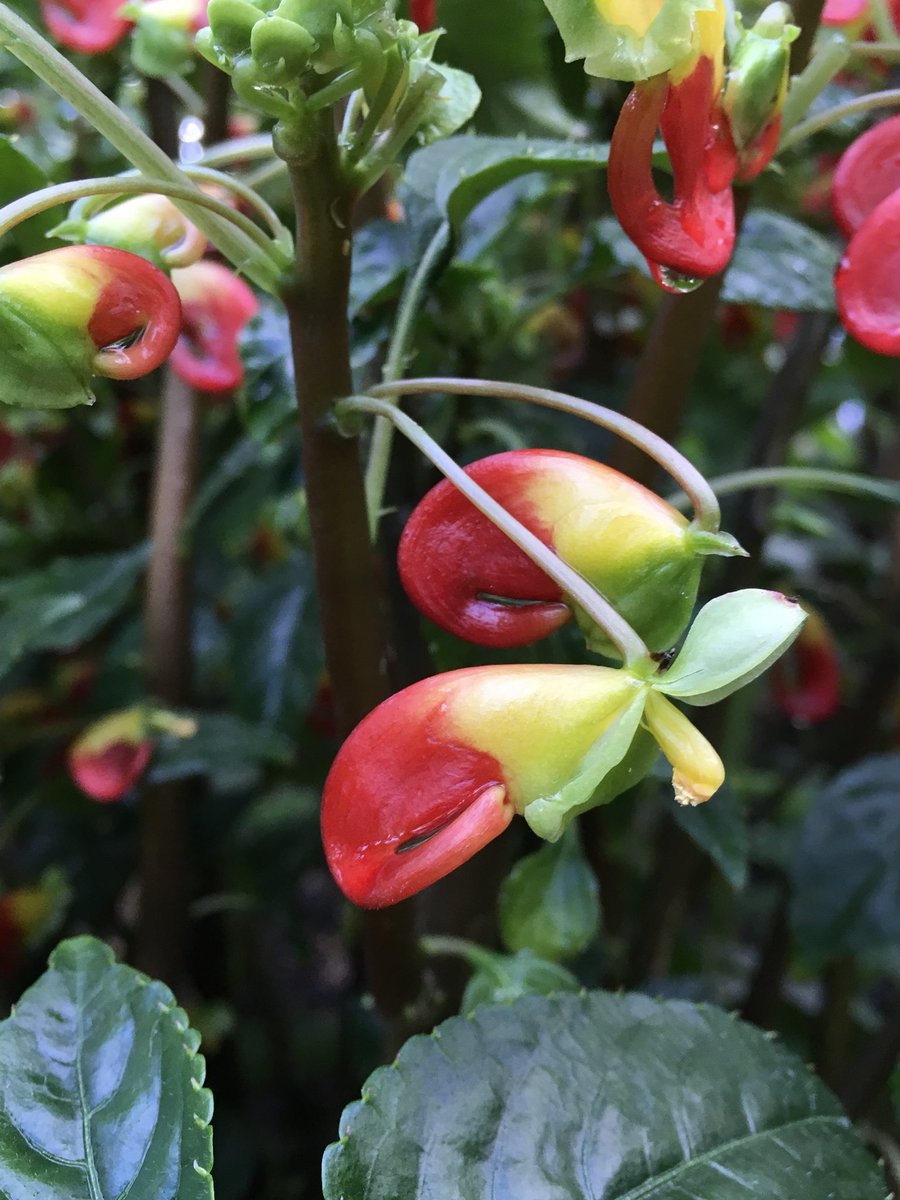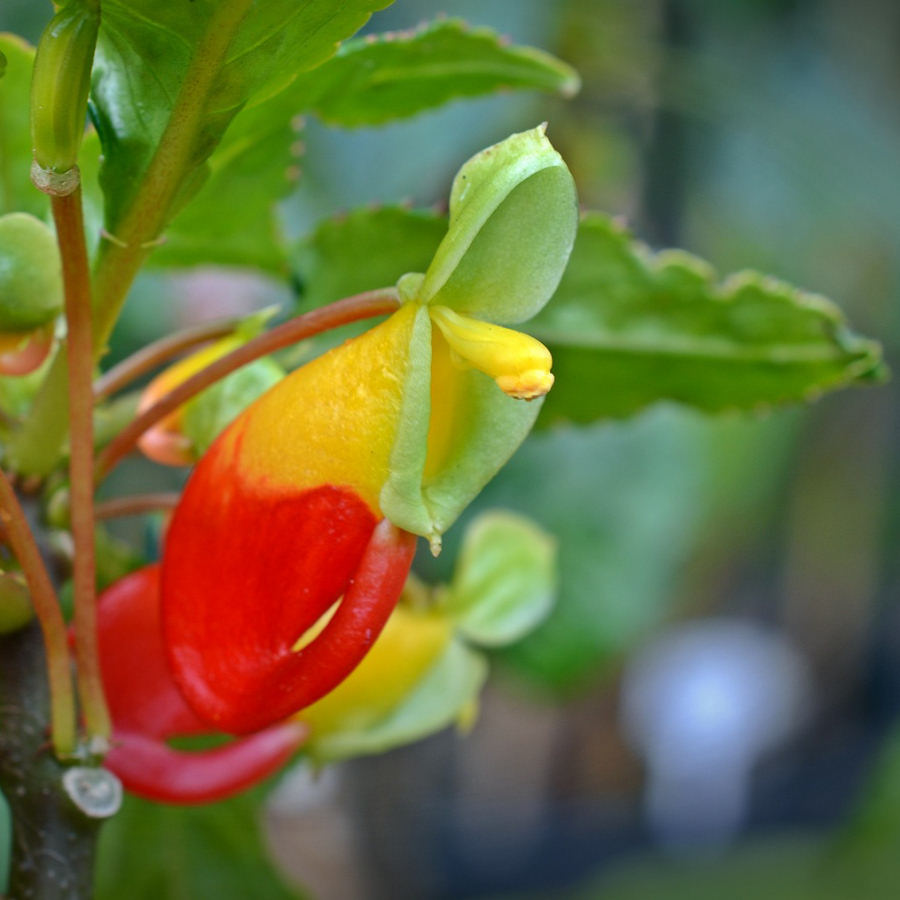

These Giant Huntsman spiders are often mistaken for tarantulas because of their size, however you can easily tell them apart because of their unique crab-like legs which allow them to move side to side with incredible speed and agility.Īlthough they can produce silk these spiders don't usually build webs. It is the largest member of the Sparassidae family, boasting an impressive 1.8 inches body-length and an incredible 12 inch leg-span which makes it about the size of a dinner plate! The Giant Huntsman Spider recent discovery was in 2001 in a Cave in Laos. Small flies are generally ignored, but when a larger fly approaches the mantis will seize it as soon as it is within in range of its front toothed legs. This is because they are attracted by a small black spot on the end of its abdomen which resembles a fly. Various small flies will land on and around it. It holds on to these with the claws of its two rearmost pairs of legs, then gently sways its body from side to side. When hunting, the orchid mantis climbs up and down the twigs of close plants until it finds one that has flowers. In this way the mantis can remain unseen for predators such as birds and at the same time can catch pollinating insects that are attracted to the flowers.īut while these impressive insects have evolved over millions of years to look like flowers, it is only to the human eye that this similarity to orchids exists as they do not in fact have a relationship with, or live on orchid plants. Its natural habitat consists of white and pink flowers in bushes and small trees. The four walking legs have specialised lobes which resemble flower petals, while these lobes are not present on the toothed front pair of legs they are still camouflaged in colour and used for grasping prey as seen in other mantises.Īmazingly, the orchid mantis can change its colour between pink and brown, depending on the colour of the background. This combination is used to great effect, mimicking parts of the orchid flower. They are also characterized by an exoskeleton that has been highly adapted for camouflage.


Most orchid mantises are white, but there is a pink to purplish colour morph that is very popular with collectors. It is a native to the rain forests of south-east Asia (including Malaysia and Indonesia), and is just one of several species known as flower mantises, so called because of their resemblance and behaviour to the local flora. When it comes plant mimicry, the Orchid Mantis - Hymenopus coronatus is undeniably one of the very best. Fortunately it grows well indoors in a pot so it is worth considering growing it as a house plant.ĬLICK HERE FOR THE 'GARDEN OF EADEN' SEED SHOP Water as much as you like over the summer but when it is lifted and potted on for moving under protection over winter, allow the soil surface to dry out before watering again. It will need to be kept out of direct sunlight to prevent scorching, but bright shade or filtered sunlight is fine. Like other large specimen impatiens the stems are actually succulent and flexible.Īs tropical plants go Impatiens niamniamensis requires little maintenance so long as you can provide high humidity and plant it into a really well-drained soil. This is enhanced as the green, new growth matures to a more acceptable brown. Once established, the frame of the plant develops into a stocky, open habit reminiscent of a bonsai tree. Surprisingly, these exotic blooms emerge all over the plant in an explosion of blooms, even on the old wood!. Each large, 1½ inch blooms is painted scarlet red and yellow, with a lime green hood. What truly sells this plant are its incredibly bright and colourful, shrimp-shaped flowers. However that is a little close to the bone as it is easily damaged by the lightest of frosts.

While it will need growing temperatures above 45☏ (7☌), it is surprisingly tough and can survive down to about 35☏ (2☌). It is a native to tropical Africa and as such makes it unsuitable for growing in northern Europe, unless you can provide protection of the winter months.


 0 kommentar(er)
0 kommentar(er)
